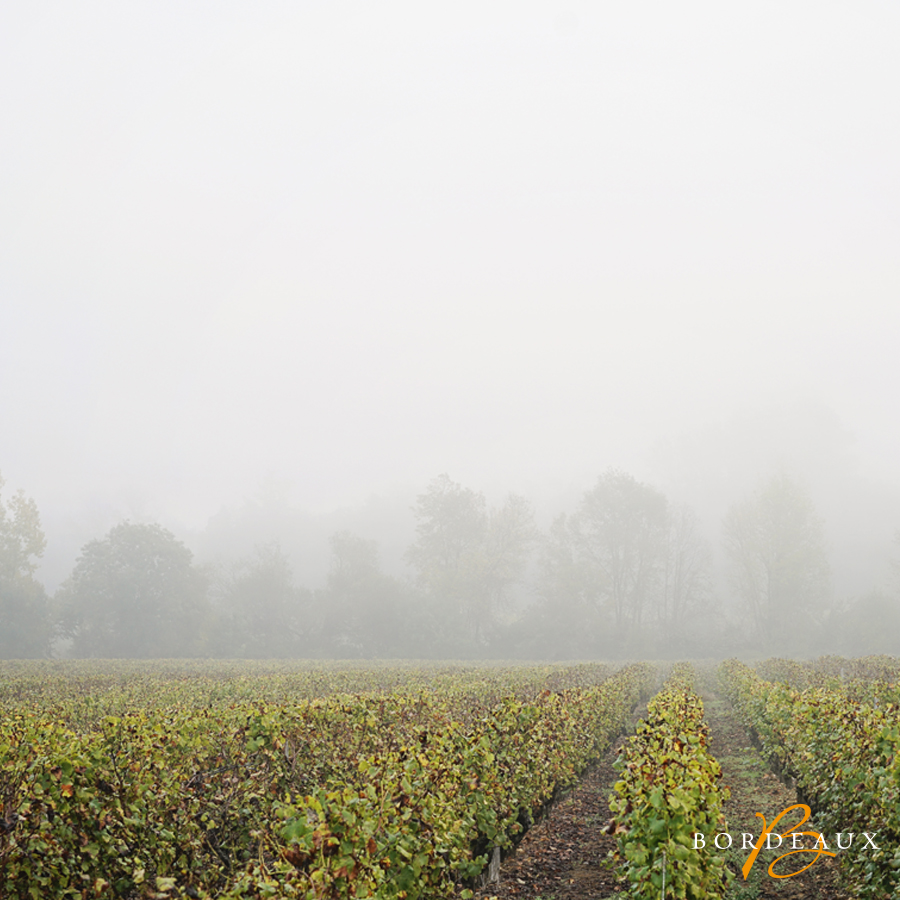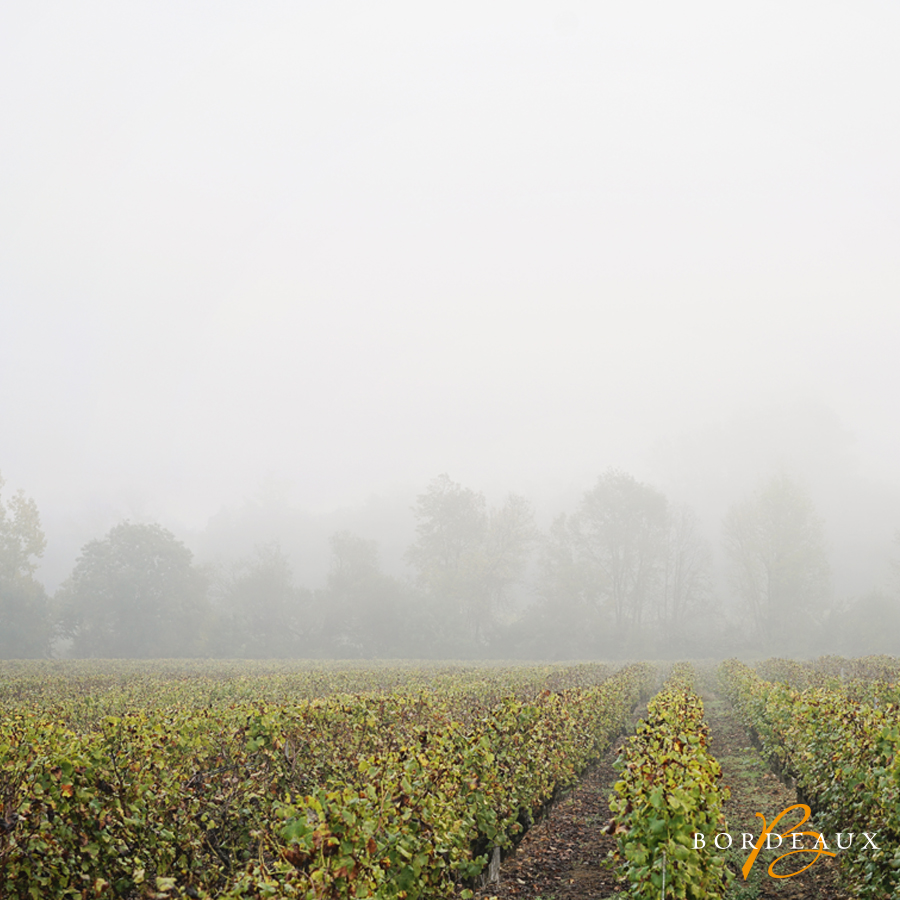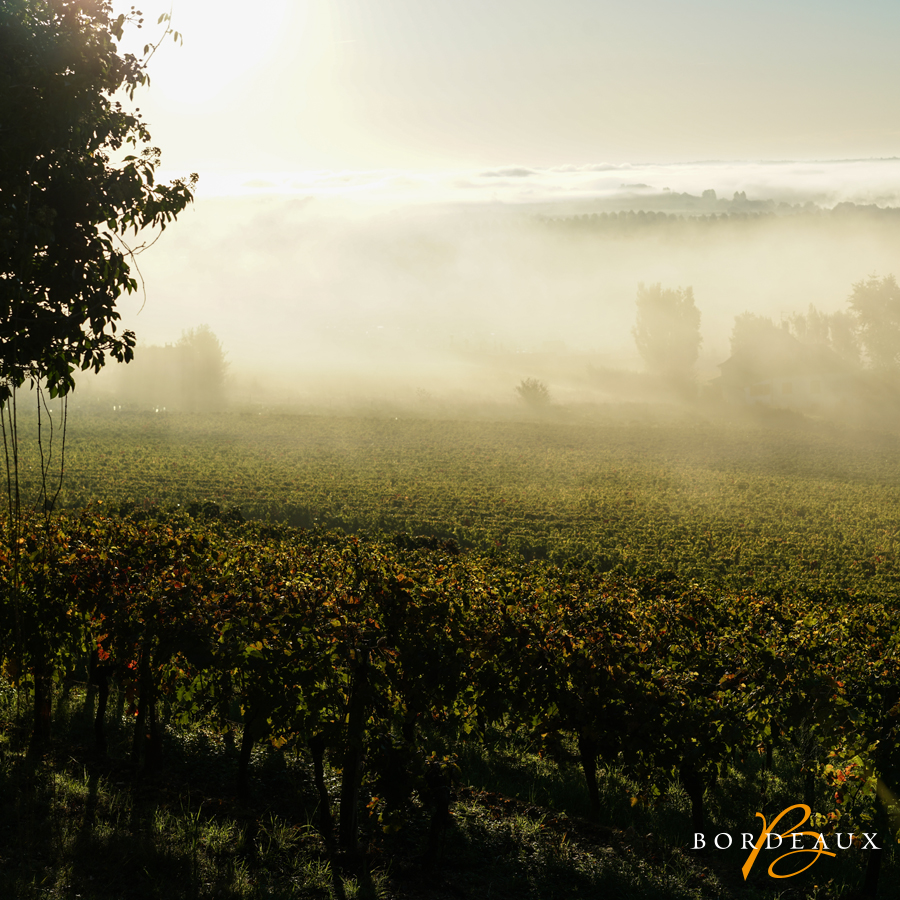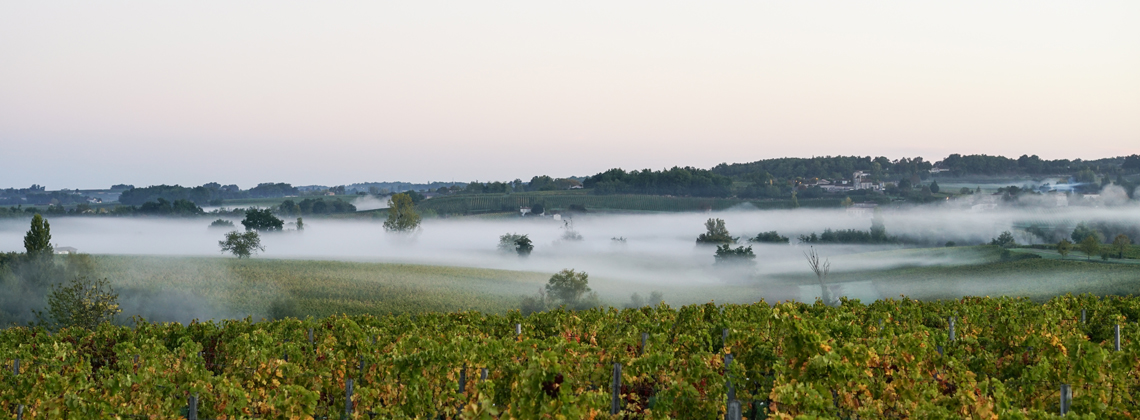“Rot” is usually one of the last words a winemaker ever wants to hear but, in certain parts of the world, under exactly the right conditions, rot can be a beautiful thing. In Bordeaux, a famous beneficial—or “noble”—rot, Botrytis cinerea, is, in fact, the critical catalyst in the creation of…
“Rot” is usually one of the last words a winemaker ever wants to hear but, in certain parts of the world, under exactly the right conditions, rot can be a beautiful thing. In Bordeaux, a famous beneficial—or “noble”—rot, Botrytis cinerea, is, in fact, the critical catalyst in the creation of Sauternes, the rare and beloved sweet wine of the region.
The Conditions for Noble Rot


The conditions necessary for this “noble rot” to occur are remarkably specific, and the key factor—remarkably—is mist. During Autumn mornings in Bordeaux, mists from nearby rivers often envelop certain vineyards (a good thing) but, unless that’s followed by warmer temperatures and sun as the day goes on, noble rot’s villainous counterpart, the feared “grey mold,” (a bad thing) will appear instead, potentially devastating wine production across the entire vineyard.




How Noble Rot Works
When damp, misty mornings are followed quickly by drier, warmer afternoons, however, humidity is generated and Botrytis cinerea attacks nearby grapes, perforating their skins and allowing moisture trapped inside to evaporate when the mist recedes and dry conditions return. This process essentially “raisinifies” the grapes, increasing the concentration of sugar in the remaining juice and making sweet wine production possible.




The Science Behind the Process
If you’re interested in the science behind this process, what happens is that the spores in the fungus germinate, resulting in the evaporation of up to half of the liquid inside the grapes. The warm, sunny afternoons then dry the grapes off, preventing malevolent grey rot to gain a foothold. Every Autumn, this process occurs naturally in specific “noble rot friendly” areas, the Sauternes region of Bordeaux being one of the most famous (along with the Tokaji of Hungary and Slovakia).


The Ideal Grapes
The ideal grapes for noble rot are very ripe and have thin skins, such as the Semillon that make up a significant percentage of Sauternes. Not surprisingly, the fungus has an easier time penetrating thin skins, and tight clusters of grapes allow for faster spread of noble rot. The flavors and sugars in these infected grapes become more concentrated as Botrytis cinerea alters their metabolism, resulting in a unique sweetness that, in the Sauternes wines of Bordeaux, is perfectly balanced with acidity.


Enjoying Sauternes
Now that you know the sweet science behind Sauternes, grab a bottle and enjoy these delicious and unique Bordeaux wines with the added knowledge of how they’re made!


